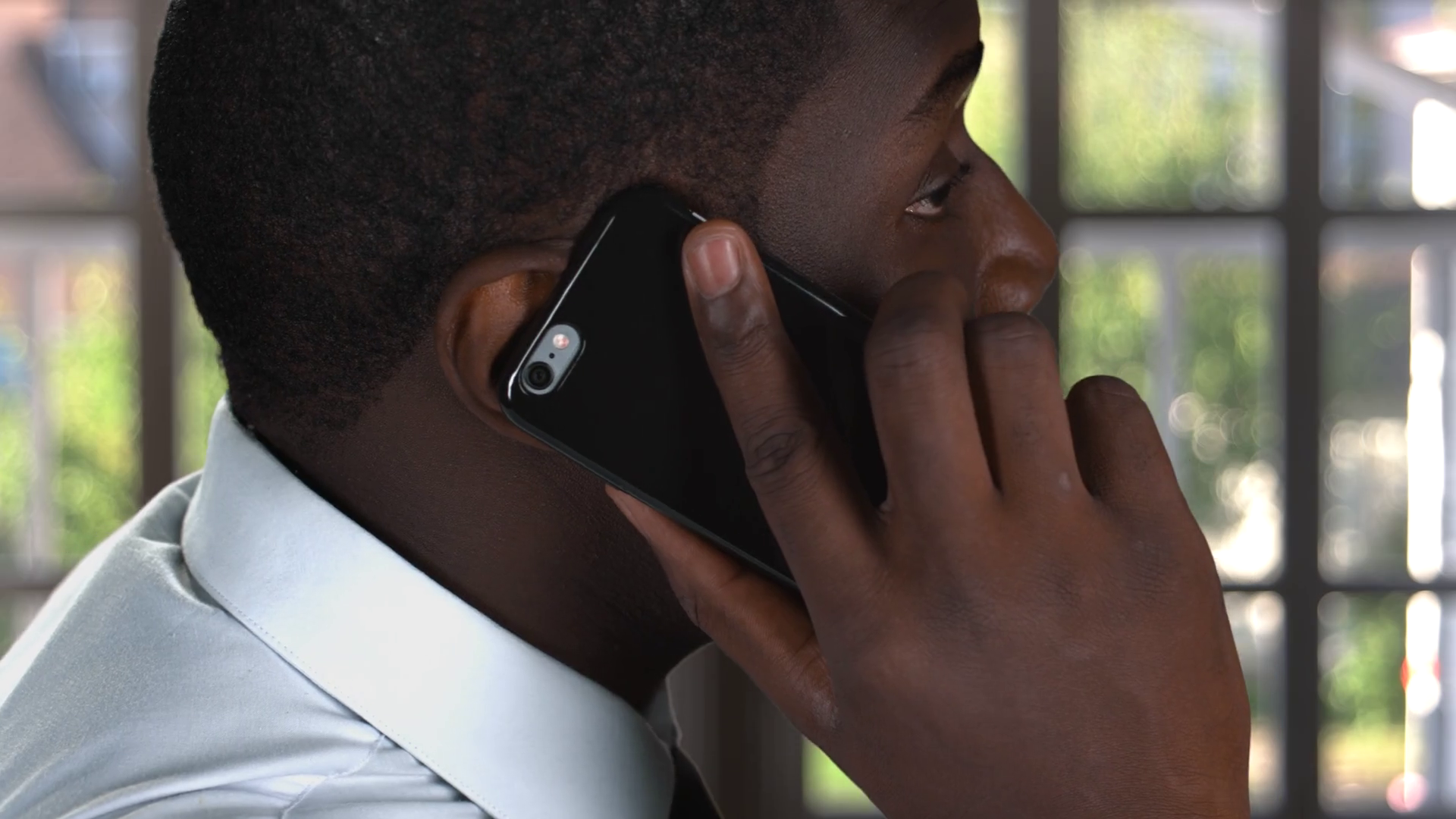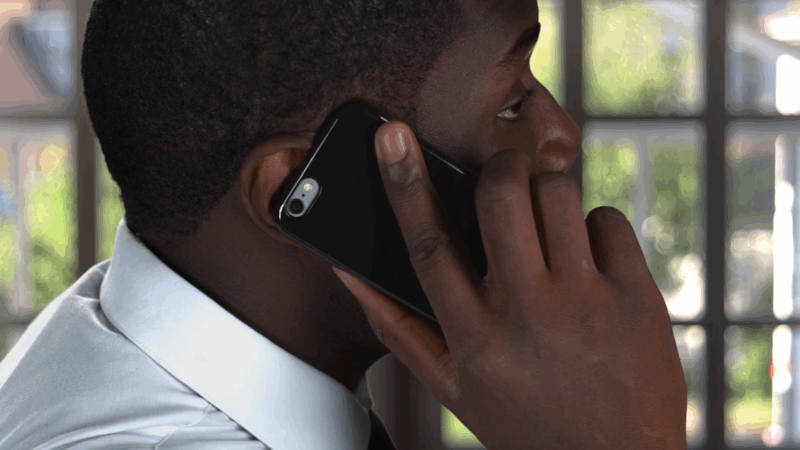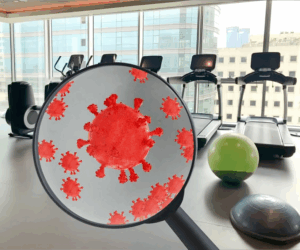
Making a phone call used to be one of the most significant barriers for deaf and hard-of-hearing people. Traditional phones rely entirely on sound, leaving those who cannot hear or who hear only partially excluded from one of the most common forms of communication.
But today, technology has completely transformed that experience. Deaf people now have multiple options for using both phones and video calls. What was once impossible has become more inclusive. There are now multiple tools, apps, and services that make it possible for them to make phone and video calls.
ALSO READ: Can Deaf People Listen To Music?
Can Deaf People Use the Phone?
A common myth is that deaf people cannot use phones at all. In reality, they can and do, just in different ways. Some deaf people hear enough to use standard phones, especially when paired with hearing aids or cochlear implants. Others rely on text, captions, or video relay services. Today’s smartphones and accessibility features have made communication more inclusive than ever.
4 Ways Deaf People Make Phone/Video Calls
1. Relay Services
One of the most common methods deaf people use to make phone calls is through a relay service. Here’s how it works:
-
The deaf person connects to a Telecommunications Relay Service (TRS) or Video Relay Service (VRS).
-
They provide the hearing person’s phone number.
-
An interpreter or relay operator speaks to the hearing caller and types or signs the response back to the deaf person.
This ensures both sides of the conversation are understood, whether through text or sign language.
RELATED: What language do deaf people think in?
2. Video Relay Service (VRS)
VRS allows deaf individuals who use American Sign Language (ASL) to communicate with hearing people through interpreters. Using video equipment such as a smartphone, tablet, or videophone, the deaf caller signs to an interpreter, who then voices their words to the hearing person on the phone. The interpreter also signs back the response, creating a natural, visual conversation.
This works on iOS, Android, and dedicated videophone devices and is ideal for those fluent in sign language, although it requires Wi-Fi or mobile data.
3. FaceTime and Video Calling
For deaf people who use sign language, video calls are the most natural form of communication because they allow gestures, expressions, and signs to be clearly seen.
-
FaceTime (Apple devices): High-quality video and fast frame rates make it ideal for ASL and visual communication.
-
WhatsApp, Zoom, Google Meet, Microsoft Teams: Widely used for everyday communication, offering video plus captioning features.
With video, deaf individuals don’t need an interpreter if both parties can sign or communicate visually.
YOU MIGHT LIKE: Are deaf people allowed to drive? The answer isn’t what you think
4. Captioning Apps and Speech-to-Text Tools
Another powerful solution is real-time captioning apps that transcribe speech into text. These tools allow deaf people to read what’s being said on a phone call or during a meeting.
-
Ava – Live captioning for group conversations.
-
Otter.ai – Speech-to-text with transcription storage.
-
Rogervoice – Specially built for phone calls with instant captions.
-
Android Live Transcribe and iOS Live Captions – Built-in features for converting speech into readable text.
EXPLORE: Deafness: Causes, treatment, and management
Accessibility Features on Smartphones for Deaf People
Both iPhones and Android devices now come with built-in features that make calls more accessible:
-
Live transcription: Converts spoken words to text in real time.
-
Sound alerts: Visual notifications for ringing phones, alarms, or door knocks.
-
Bluetooth streaming: Routes call audio directly to hearing aids or implants.
-
Mono audio and closed captions: Improve clarity when listening.
SEE THIS: 3 deaf people who changed the world
Devices and Accessories
Deaf and hard-of-hearing individuals also use accessories that enhance phone accessibility:
-
Earphones that amplify different frequencies.
-
Phone docks with flashing lights for incoming calls.
-
Home alert systems connected to phones.
All of these ensure no call or message goes unnoticed.
Can Deaf People Use WhatsApp?
Yes, WhatsApp is accessible for deaf users. Video calling, texting, and voice-to-text features allow communication in multiple formats. On Android, accessibility settings like TalkBack or Select to Speak can be enabled, while iOS offers VoiceOver and caption support. For deaf users, WhatsApp video calls are especially popular for sign language conversations.
Deaf people now have many ways to make phone and video calls. The choice depends on personal preference. Deaf people don’t avoid phone calls anymore; they simply use them differently.
RECENT: Is deafness hereditary? Here’s what doctors say + other ‘deaf’ biases








